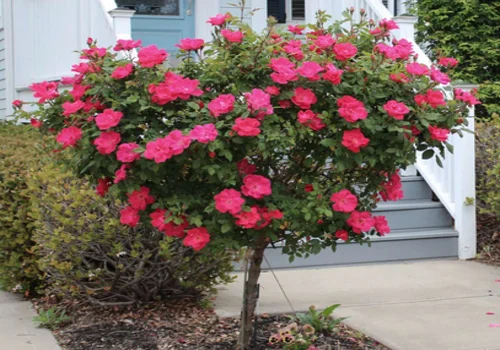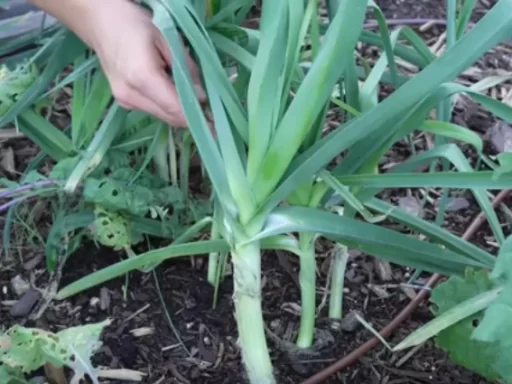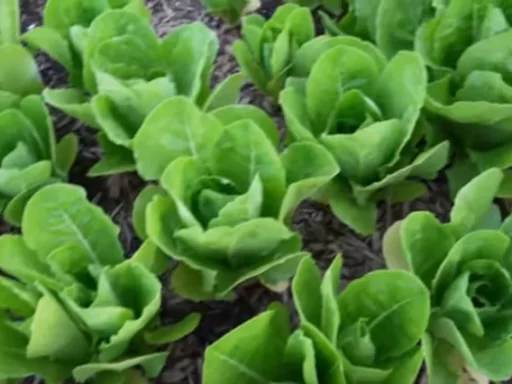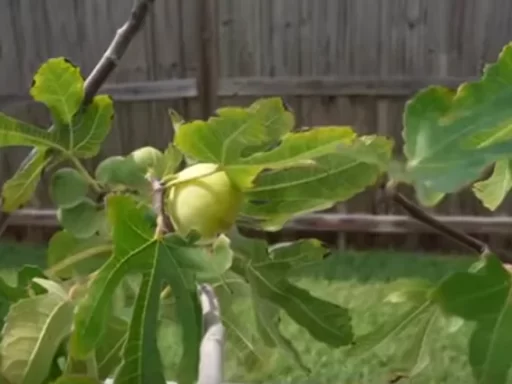Planting the Jacaranda Tree
The Jacaranda tree is a full-sun lover, needing around 6 to 8 hours of direct sunlight per day. It thrives best in well-drained soil. When planting your Jacaranda, dig a hole that’s two to three times wider than the root ball but only as deep as the container holding the tree. After placing the tree in the hole, backfill with soil while tamping it down to avoid air pockets. Cover the surrounding soil with a thick layer of mulch. This helps in temperature regulation and water conservation. Lastly, water the tree thoroughly to ensure the roots are well-saturated.
Watering the Jacaranda
During its early stages, the Jacaranda tree requires consistent watering, typically once or twice per week. This ensures that the roots establish well in their new environment. Once the tree matures, its drought tolerance comes into play, and you will only need to water it during extended periods of drought.
Fertilizing for Growth
Though Jacaranda trees require minimal fertilization, if you wish to accelerate their growth, consider using a slow-release, balanced fertilizer like a 10-10-10 formula. Apply this fertilizer in early spring for the best results. However, over-fertilizing should be avoided, as Jacarandas don’t require much nutrient boost for healthy growth.
Pruning and Maintenance
When it comes to pruning, Jacarandas are relatively low-maintenance. The only necessary pruning involves removing dead or damaged branches. This helps maintain the tree’s health and encourages new growth, ensuring its structure remains strong.
Aesthetic Appeal of the Jacaranda Tree
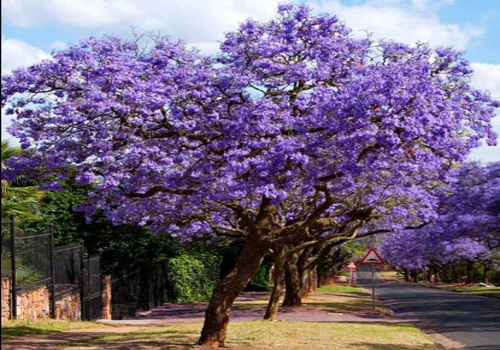
The Jacaranda tree is renowned for its breathtaking beauty. Its long-lasting purple blooms in the spring are truly a sight to behold. As the vibrant flowers fade, the tree transitions into a stunning yellow in the fall, offering a year-round display of color. The fernlike foliage adds depth and volume to the tree’s already impressive silhouette, making it a standout feature in any landscape.
In spring, clusters of deep purple flowers bloom, decorating the tree in a sea of lavender. The blossoms appear before the leaves emerge, allowing the full impact of the flowers to shine. As the flowers fall, they form a soft, lilac carpet beneath the tree, adding even more visual interest. The trumpet-shaped blooms are large, silky, and abundant, giving the tree a luxurious look.
Durability and Resilience
While the Jacaranda is undeniably beautiful, it’s also a tree of strength. Its strong trunk and thick branches are built to support its lush foliage and heavy blooms. The tree is fast-growing and resilient, adapting well to a variety of soil conditions and proving drought-tolerant once established. With the right care, a Jacaranda tree can grow to impressive heights and become a long-lasting feature in your garden.
Frequently Asked Questions
- How fast does a Jacaranda tree grow? Jacaranda trees are known for their fast growth, typically gaining about 10 feet in height in the first few years. With the right conditions, they can reach up to 50 feet at maturity.
- When does the Jacaranda tree bloom? Jacarandas bloom in late spring, typically around May, with their vibrant purple flowers lasting for several weeks. In some regions, a second bloom may occur in late summer.
- Does the Jacaranda tree need a lot of water? When young, the tree requires regular watering. However, once established, it becomes quite drought-tolerant, needing water only during prolonged dry spells.
- Can I plant a Jacaranda tree in a small yard? While Jacarandas are stunning trees, they grow quite large, up to 50 feet tall and wide. It’s best to plant them in a spacious area where they have room to spread.

